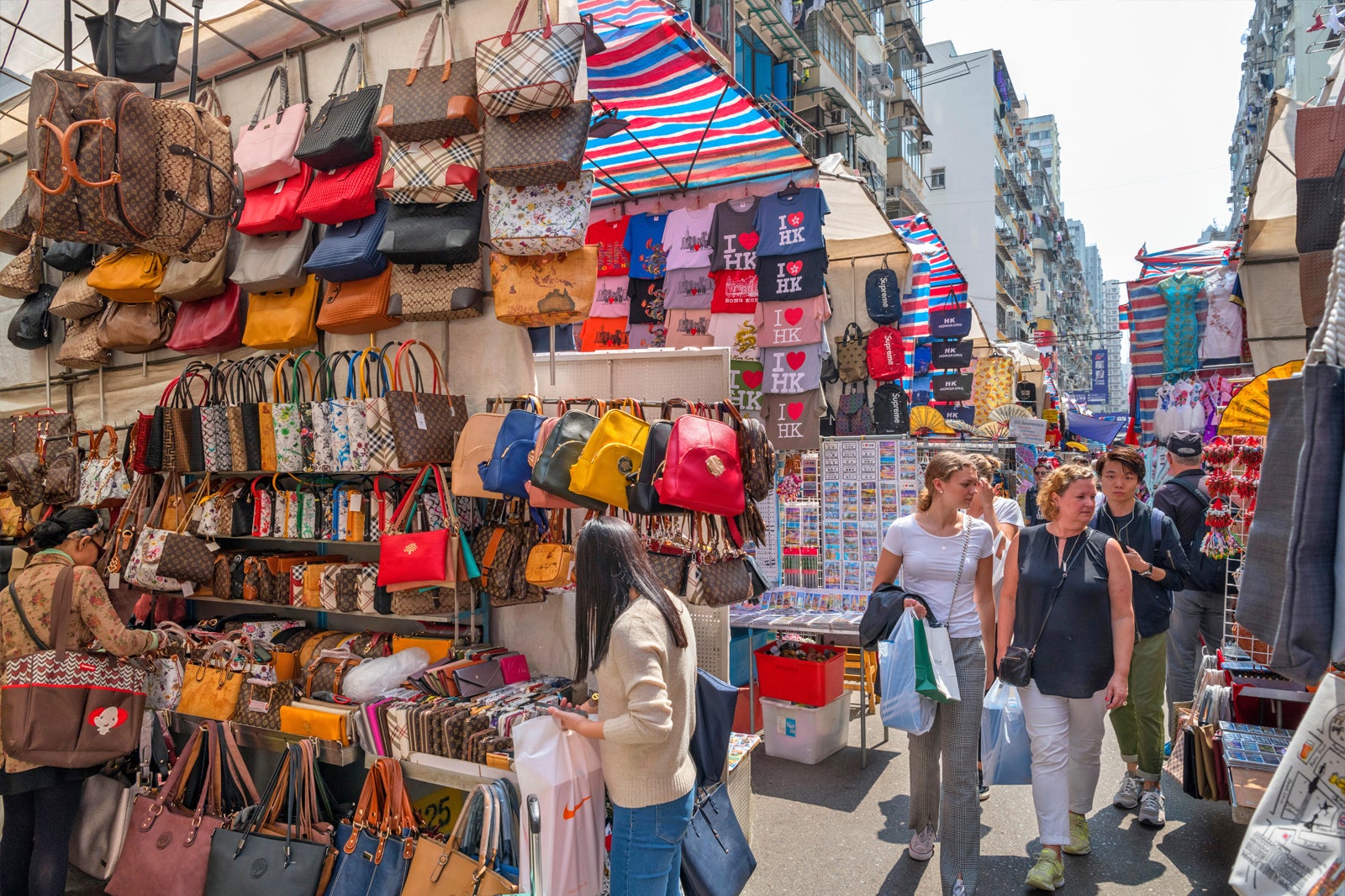Global retail ecommerce sales is boosted in recent years. Many businesses want to engage in the electronic commerce industry. However, though it’s often said that ecommerce is borderless, the reality is that there are still some big differences in how it’s done from country to country. In this blog post, we’ll take a look at some of the key distinctions in ecommerce around the world. By understanding these differences, you can select the proper country to start selling to and gain a competitive advantage for your ecommerce store!
Table of Contents
Characteristics of ecommerce business in different countries
In this part, we’ll go through certain countries’ ecommerce markets, which are the United States, China, the United Kingdom, France, and Germany.
These five countries account for more than 79% of global online sales. Ecommerce is growing rapidly in these countries due to increasing internet penetration and smartphone usage, as well as rising consumer demand for convenience and a better shopping experience.
While there are many similarities between these ecommerce markets, there are also some key differences that businesses need to be aware of, including but not limited to economic factors, political factors, social factors, and new technologies. Let’s take a look at each country individually.
China
The Chinese ecommerce market is the largest in the world, accounting for over 52% of global online sales.
There are a few key reasons for the large and growing Chinese ecommerce market. First, China has a very high internet penetration rate, with over 70% of the population having access to the internet. This makes it easy for consumers to shop online.
Second, Chinese shoppers are very comfortable using mobile devices for online shopping. In fact, mobile commerce accounts for over 70% of all online sales in China
Third, Chinese businesses have invested heavily in creating a great online shopping experience for their customers. This includes investing in website design and user experience, as well as offering fast and free shipping options.
The United States
The United States has the second largest ecommerce market in the world, accounting for 19% of global online sales.
There are a few key reasons for the large and growing US ecommerce market. First, the United States has a very high internet penetration rate, with over 87% of the population having access to the internet. This makes it easy for consumers to shop online.
Second, there is a high level of consumer trust in US businesses. This is due to the fact that the US has strong laws and regulations around consumer protection, data privacy, and fraud prevention.
Third, US shoppers are very comfortable using credit cards for online purchases. In fact, credit cards are the most popular payment method for online shopping in the United States.
Fourth, US businesses have invested heavily in creating a great online shopping experience for their customers. This includes investing in website design and user experience, as well as offering fast and free shipping options.
Lastly, the United States has a large population of affluent consumers who are willing to spend money on high-quality goods and services.
The United Kingdom
The United Kingdom has the third largest ecommerce market in the world, accounting for over 4.8% of global online sales.
There are a few key reasons for the large and growing UK ecommerce market. First, the United Kingdom has a very high internet penetration rate, with over 90% of the population having access to the internet. This makes it easy for consumers to shop online.
Second, the UK has a very developed logistics infrastructure, which makes it easy and convenient for retailers to ship products to consumers.
Third, the UK has a large number of credit card users, which makes it easy for consumers to make online purchases.
Fourth, the UK has a very strong consumer protection regime, which gives consumers confidence when shopping online.

Germany
Germany has the fourth largest ecommerce market in the world, accounting for over 2.1% of global online sales
There are a few key reasons for the large and growing German ecommerce market. First, Germany has a very high internet penetration rate, with over 80% of the population having access to the internet. This makes it easy for consumers to shop online.
Second, Germany has a strong economy, with high levels of disposable income. This means that consumers are able to spend more money on online purchases.
Third, Germany has a large population of over 80 million people. This provides a wide potential customer base for businesses selling online.
France
France has the fifth largest ecommerce market in the world, accounting for over 1.9% of global online sales.
There are a few key reasons for the large and growing French ecommerce market. First, France has a very high internet penetration rate, with over 80% of the population having access to the internet. This makes it easy for consumers to shop online.
Second, France has a very developed infrastructure, which makes it easy for businesses to set up ecommerce operations.
Third, French consumers are very comfortable with using credit cards for online purchases.
For regions that have not been analyzed above, you can conduct a PESTLE analysis and a SWOT analysis to have a better understanding of them.
The Overall Competitive Environment
The United States, China, the United Kingdom, France, and Germany are all large and growing markets for ecommerce. Each country has its own unique combination of factors that have contributed to the success of its ecommerce industry.
However, the overall competitive environments in these nations are different. In the following section, we’ll study the ecommerce market in the United States, China, the United Kingdom, France, and Germany using Porter’s five forces analysis and the mentioned characteristics of ecommerce in different countries.
Threat of new entrants
Barriers to entry, economies of scale, brand equity, switching costs, capital requirements, access to distribution channels, absolute cost advantages, learning curve, and government policy are examples of factors that affect the level of threat of new entrants.
The threat of new entrants in the ecommerce market is highest in the United States and China. This is because the barriers to entry in the ecommerce industry are relatively low. All that is required to start an online store is a website, some product inventory, and a way to take payments.
There are also a number of existing ecommerce platforms that businesses can use to set up their online stores quickly and easily. This includes Shopify, WooCommerce, and Magento. An online retailer shall find a proper ecommerce platform according to the business model and other factors.
For more information, click here.
Furthermore, the cost of starting an online store is relatively low. The only significant costs are usually associated with inventory and marketing.
Thus, the high threat of new entrants in the ecommerce market means that an owner of ecommerce website needs to focus on differentiating their products and services in order to compete with other businesses effectively.
The threat of new entrants in the ecommerce market is lower in the United Kingdom. This is because the barriers to entry in these countries are higher.
For example, in order to start an online store in the UK, businesses need to obtain a VAT registration number. They also need to set up a business bank account and register with HMRC.
In addition, businesses need to comply with a number of regulations, such as the Consumer Contracts Regulations and the Data Protection Act. This can be costly and time-consuming for businesses.
However, the lower threat of new entrants in these countries means that an owner of ecommerce website has a better chance of success.
Threat of substitutes
The availability of close substitutes, the price-performance tradeoff, buyer propensity to substitute, and brand loyalty are examples of factors that affect the level of threat of substitutes.
The threat of substitutes in the ecommerce market is highest in China. This is because the availability of close substitutes and ease of substitution are high in China. The physical stores in China are everywhere and are very convenient for consumers. In addition, many of these stores offer a wide variety of products and services.

However, these alternative ways are not perfect substitutes for ecommerce businesses. This is because they typically do not offer the same level of customer service, product selection, and delivery options as ecommerce businesses.
Thus, while the threat of substitutes is high, an owner of ecommerce site needs to focus on providing a great customer experience in order to compete effectively.
The threat of substitutes in the ecommerce market is lower in the United States. This is because these countries are low in buyer propensity to substitute.
Buyers in the United States might have to travel a long distance to purchase, while the ecommerce business offers a much wider selection of products that can be purchased from the comfort of home.
Also, delivery options in the United States are typically very good, which reduces the inconvenience of buying online.
Bargaining power of customers
The bargaining power of customers is the ability of buyers to put pressure on prices, quality, and delivery. The level of buyer concentration, price sensitivity, uniqueness of products, and switching costs are examples of factors that affect the level of bargaining power of customers.
The bargaining power of customers is highest in China. This is because Chinese buyers are price sensitive. There are a number of businesses that sell products and services with high similarities. This gives buyers the ability to compare prices and choose the option that is the most affordable and offers the best customer service, payment processing service, delivery options, and product quality.
Therefore, an owner of ecommerce website needs to focus on providing a great customer experience in order to compete in China effectively.
The bargaining power of customers is lower in the United States. This is because buyers in the United States are not as price sensitive as buyers in other countries.
This is due to the fact that incomes are higher in the United States, which means that buyers are willing to pay more for goods and services.
In addition, there are fewer sellers selling similar products in the United States. This gives buyers less choice when it comes to choosing an ecommerce business.
Bargaining power of suppliers
The level of bargaining power of suppliers is determined by factors such as the switching costs of firms in the industry, the presence of substitute inputs, and supplier concentration.
The bargaining power of customers is highest in China because the switching costs of firms is low. This gives Chinese suppliers a competitive advantage when it comes to pricing products.
Suppliers in China enjoy a great deal of bargaining power due to the sheer number of them and the fact that most Western companies are eager to outsource production to China in order to take advantage of its low labor costs.

However, as wages in China continue to rise, the cost advantage that Chinese suppliers once held over their counterparts in other countries is gradually disappearing.
Nevertheless, it actually depends on the products. Some suppliers in China have a lot of bargaining power because they are the only ones who can produce a certain product, while other suppliers may not have as much bargaining power because they are not the only supplier of their product.
The bargaining power of customers is lower in the United States, as the supplier concentration is low. In general, the United States has a large number of suppliers and a robust supply chain, so suppliers have less bargaining power than they would in a smaller market.
Competitive rivalry
The level of competitive rivalry in an industry is determined by factors such as the number of firms, the level of product differentiation, and the growth rate of the industry.
The level of competitive rivalry in the ecommerce industry is high in China. This is because there are a large number of firms competing for market share.
In addition, most ecommerce stores in China offer similar products and services. This makes it difficult for customers to differentiate between companies.
As the ecommerce industry in China continues to grow rapidly, the level of competitive rivalry is likely to increase.
The level of competitive rivalry in the ecommerce industry is lower in the United States. This is because many ecommerce businesses in the United States offer unique products and services that are not easily replicated by competitors.
As the ecommerce industry in the United States matures, the level of competitive rivalry is likely to increase.
Conclusion
In conclusion, the United States, China, the United Kingdom, France, and Germany are all large and growing markets for ecommerce. Each country has its own unique combination of factors that have contributed to the success of its ecommerce industry. These include a high internet penetration rate, a willingness to use credit cards for online purchases, investments in creating a great online shopping experience, supportive government policies, and a large population of affluent consumers.
If you’re looking to expand your online business into new markets, these five countries are all great options to consider. Each offers a large and growing market for online shoppers, with plenty of opportunities for small businesses that are able to provide a great shopping experience. Thanks for reading!
